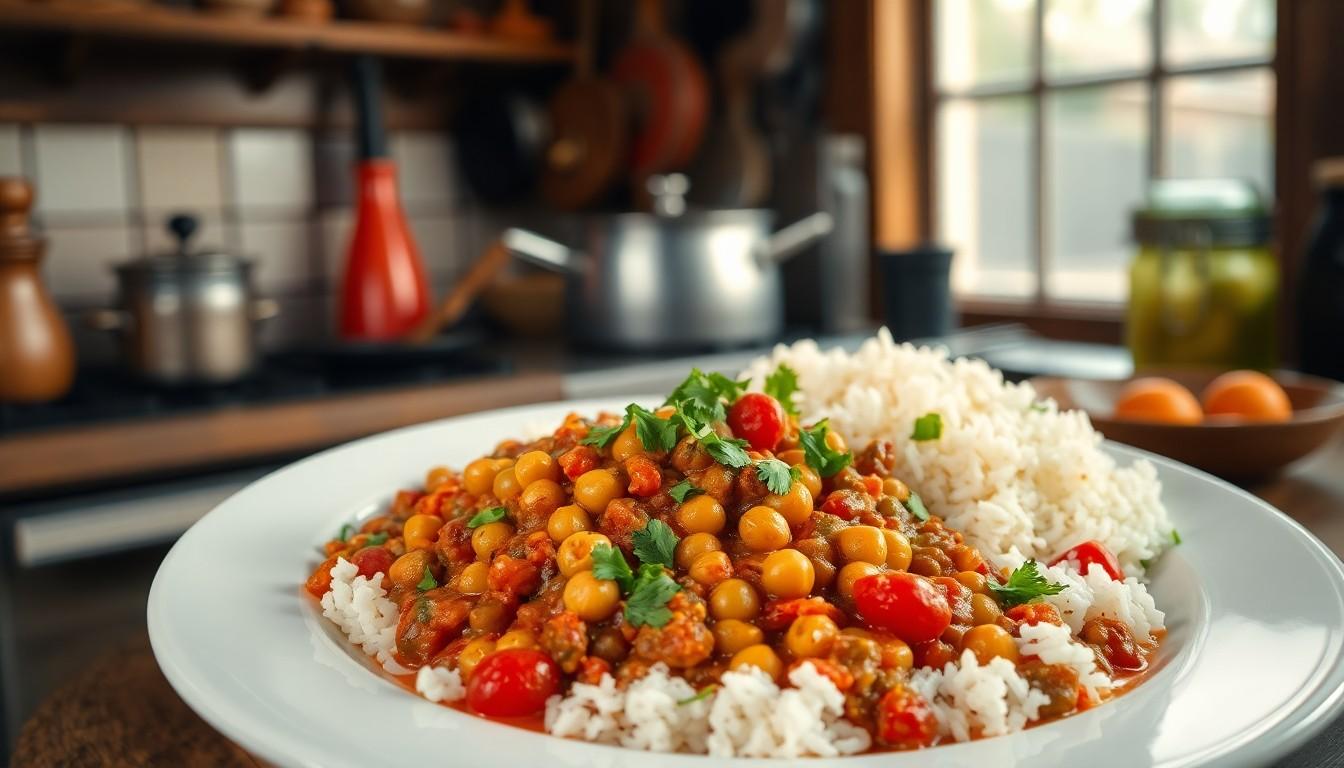Falotani, the culinary gem that brings a burst of flavor to any table, is a dish that deserves a spotlight. Imagine a delightful blend of spices and textures that dance together in perfect harmony. If you’ve ever wondered how to whip up this tantalizing treat, you’re in for a treat yourself.
Overview of Falotani
Falotani represents a vibrant dish known for its intricate blend of spices and textures. This culinary delight originates from [specific cuisine/region], making it a staple in many households. Ingredients typically include a variety of legumes, fresh vegetables, and an array of spices, creating a balanced profile that appeals to diverse palates.
Notably, the cooking methods vary between regions, with some opting for slow-cooking techniques, while others prefer quicker sautéing. Each approach influences the overall taste and texture of the dish. Common spices used in Falotani include cumin, coriander, and turmeric, each contributing distinctive flavors.
Nutritionally, Falotani stands out for its protein-rich legumes and fiber-filled vegetables. This combination promotes satiety and supports digestive health, making it a wholesome meal choice. It’s often served alongside rice or flatbreads, enhancing its versatility in various diets.
Celebrated for its colorful presentation, Falotani frequently garners attention at social gatherings. Chefs often incorporate seasonal ingredients, further enriching its flavor profile and visual appeal. People often enjoy it during festive occasions, highlighting its role in cultural traditions.
Overall, Falotani captivates the senses, making it more than just a meal. The balancing act of spices, ingredients, and cooking methods creates an unforgettable dish, inviting cooks and food lovers alike to explore its many variations.
Ingredients Required

To prepare Falotani, specific ingredients create its unique flavor. This blend includes both essential and optional items that can enhance the dish’s taste.
Essential Ingredients
- Legumes serve as a primary protein source, with options like lentils and chickpeas.
- Fresh vegetables, including tomatoes, bell peppers, and onions, add texture and flavor.
- Spices such as cumin, coriander, and turmeric create the dish’s signature taste.
- Cooking oil, preferably olive or vegetable oil, is used for sautéing.
- Garlic and ginger provide depth, combining aromatic qualities that elevate the overall flavor profile.
Optional Ingredients
- Greens like spinach or kale contribute to nutritional value and color.
- Chili peppers add heat, catering to those who enjoy spicy dishes.
- Nuts, such as almonds or cashews, offer crunch and richness.
- Fresh herbs including cilantro or parsley improve the presentation and aroma.
- Coconut milk introduces creaminess, balancing the spices for a milder taste.
Preparation Techniques
Preparation techniques for Falotani vary, showcasing both traditional and modern cooking methods that enhance its unique flavors. Understanding these techniques allows for greater flexibility in the kitchen.
Traditional Methods
Slow-cooking methods, like pot simmering, create deep flavors in Falotani. Hearty legume mixtures, combined with spices, benefit from extended cooking time to meld tastes. Using a clay pot infuses the dish with earthy undertones. Fresh vegetables, such as onions and tomatoes, get sautéed before adding legumes. This step ensures they soften while releasing their natural sweetness. Additionally, using local spices enhances authenticity, bringing the essence of specific regional cuisines into the dish. Lastly, garnishing with fresh herbs before serving elevates both appearance and aroma, marking its traditional presentation.
Modern Approaches
Modern techniques emphasize speed and convenience while maintaining flavor integrity. Pressure cooking expedites the legume preparation, resulting in tender textures in less time. Many cooks opt for sautéing at higher temperatures, allowing vegetables to retain crunchiness instead of becoming overly soft. Incorporating blending processes creates smooth textures when required. For those desiring a lighter option, using air fryers provides healthier choices without sacrificing taste. Utilizing pre-chopped vegetables simplifies the process, making Falotani accessible for busy lifestyles. These innovations cater to contemporary kitchens, appealing to new generations of cooks while celebrating traditional roots.
Cooking Instructions
Cooking Falotani involves a clear process that highlights its unique flavors and textures. Follow these straightforward steps to achieve a delicious outcome.
Step-by-Step Guide
- Gather essential ingredients like lentils, chickpeas, tomatoes, bell peppers, and onions.
- Heat cooking oil in a pot over medium-high heat.
- Sauté garlic and ginger until fragrant.
- Add chopped vegetables, cooking until softened.
- Incorporate the lentils and chickpeas, then mix in spices like cumin, coriander, and turmeric.
- Pour in water or broth; simmer on low heat until legumes are tender.
- Stir in optional ingredients like spinach or coconut milk for enhanced flavor.
- Serve with rice or flatbreads for a complete meal.
Tips for Perfecting Falotani
Utilizing fresh ingredients significantly elevates the taste. Adjust spice levels according to personal preference for optimal enjoyment. Cooking legume mixtures slowly deepens flavors, while quick sautéing retains vegetable crunchiness. Experiment with herbs such as cilantro or parsley for added aroma. Allowing the dish to rest before serving allows flavors to meld beautifully. Finally, presentation matters; garnish with fresh herbs or a squeeze of lemon for a vibrant touch.
Serving Suggestions
Falotani pairs well with various accompaniments that enhance its flavors. Consider serving it alongside fluffy rice for a satisfying meal. Flatbreads, like naan or pita, complement the dish while providing a perfect vehicle for scooping.
For added freshness, include a side salad featuring mixed greens, cucumbers, and a zesty vinaigrette. This contrast balances Falotani’s rich flavors. Pickled vegetables also make an excellent addition, offering a tangy crunch that elevates the overall experience.
Garnishing plays a crucial role in presentation. Fresh herbs, such as cilantro or parsley, not only add color but also enhance flavor. A squeeze of lemon or lime juice can brighten the dish, making every bite a burst of freshness.
When serving Falotani at gatherings, consider using a platter to showcase the vibrant colors of the ingredients. This approach invites guests to partake in the meal. Furthermore, an array of toppings like chopped nuts, yogurt, or chili oil can personalize each serving, allowing everyone to customize their portion according to taste preferences.
Pairing wine or drinks enhances the overall dining experience. A light white wine or refreshing iced tea complements the dish without overpowering it. Additionally, serving with hummus or a yogurt dip can create a delightful appetizer trio, enticing guests even before the main course.
By thoughtfully considering these serving suggestions, hosts can create an inviting atmosphere that celebrates the flavors and traditions of Falotani, making every meal a special occasion.
Conclusion
Falotani stands out as a dish that beautifully marries tradition with modern cooking techniques. Its rich flavors and vibrant presentation make it a favorite for both everyday meals and special occasions. With its nutritious ingredients and versatile serving options, it’s easy to see why this dish is cherished across cultures.
Whether opting for a slow-cooked version or a quicker sauté, anyone can enjoy the delightful experience of making Falotani at home. This dish not only nourishes the body but also brings people together around the table, creating lasting memories. Embracing the unique flavors and textures of Falotani invites culinary exploration that celebrates both heritage and innovation.

